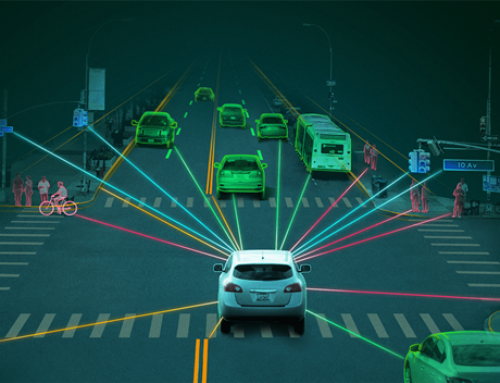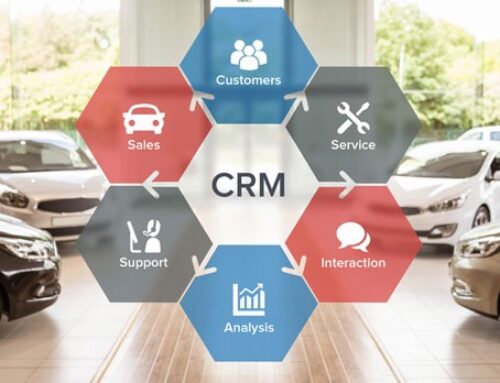Autonomous vehicles (AVs) are poised to revolutionize the transportation industry. As technology advances, the economics surrounding AVs become increasingly compelling. This blog delves into the cost savings, efficiency gains, and market disruptions associated with the rise of autonomous vehicles.
Cost Savings
1. Reduced Labor Costs
One of the most significant economic impacts of AVs is the reduction in labor costs. With the elimination of human drivers, companies can save on wages, benefits, and training expenses. This is particularly impactful for industries reliant on transportation, such as logistics and delivery services.
2. Lower Insurance Premiums
AVs are designed to reduce accidents caused by human error, which account for over 90% of road incidents. Fewer accidents mean lower insurance premiums. Insurers are likely to offer reduced rates for autonomous vehicles, translating into substantial cost savings for both personal and commercial users.
3. Fuel Efficiency
Autonomous vehicles are optimized for fuel efficiency through precise control over acceleration, braking, and route planning. This can lead to significant fuel savings, especially in commercial fleets. Additionally, the integration of electric AVs can further reduce fuel costs and dependency on fossil fuels.
4. Maintenance and Repair
AVs are equipped with advanced diagnostic systems that can predict and prevent mechanical failures. This proactive approach to maintenance reduces the frequency and severity of repairs, leading to lower maintenance costs over the vehicle’s lifespan.
Efficiency Gains
1. Traffic Management
Autonomous vehicles can communicate with each other and traffic management systems to optimize traffic flow. This reduces congestion, shortens travel times, and enhances overall efficiency. Improved traffic management also reduces fuel consumption and emissions.
2. Productivity Boost
For passengers, AVs offer the opportunity to be productive while commuting. Instead of focusing on driving, individuals can work, relax, or engage in other activities, effectively transforming travel time into productive time. This productivity boost can have a positive economic impact, especially for businesses.
3. Enhanced Mobility
AVs provide enhanced mobility options for individuals who are unable to drive, such as the elderly and disabled. This increased accessibility can lead to greater economic participation and independence for these groups, contributing to a more inclusive economy.
Market Disruptions
1. Automotive Industry
The rise of AVs is set to disrupt the traditional automotive industry. Manufacturers will need to adapt to new technologies and business models. Companies that fail to innovate may struggle to compete, leading to market consolidation and the emergence of new industry leaders.
2. Ride-Sharing and Mobility Services
The ride-sharing industry will undergo significant changes with the advent of AVs. Companies like Uber and Lyft are already investing in autonomous technology to reduce reliance on human drivers and cut costs. This shift could lead to more affordable and efficient ride-sharing services.
3. Urban Planning and Real Estate
The widespread adoption of AVs will influence urban planning and real estate markets. Reduced parking needs and improved traffic flow can free up urban space for other uses, potentially transforming city landscapes. Real estate values may also shift as demand for properties with easy access to public transportation decreases.
4. Employment Shifts
While AVs will create new job opportunities in technology and maintenance, they will also displace jobs in driving and related fields. Policymakers and businesses must address this transition by investing in retraining programs and supporting workers affected by the shift.
Conclusion
The economics of autonomous vehicles are multifaceted, encompassing significant cost savings, efficiency gains, and market disruptions. As AV technology continues to evolve, it will reshape industries and economies worldwide. By understanding and preparing for these changes, businesses and policymakers can harness the potential of autonomous vehicles to drive economic growth and innovation.








